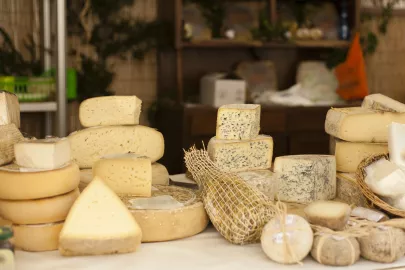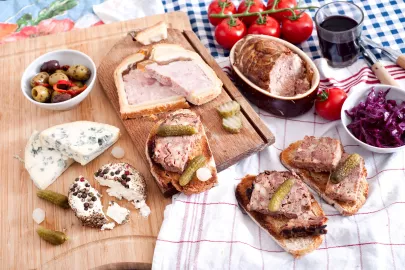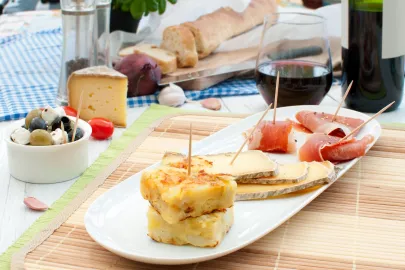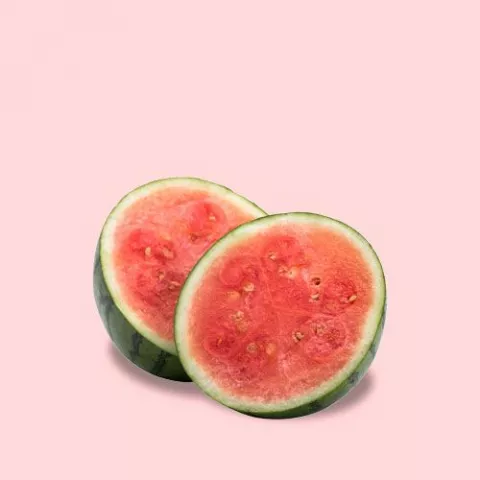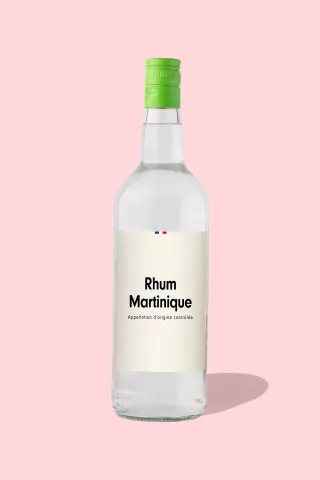The 5 Major Differences Between Aperitif and Digestif
Jumping straight into a big meal can be tough on the stomach. The French have a solution—start your evening with a refreshing apéritif.
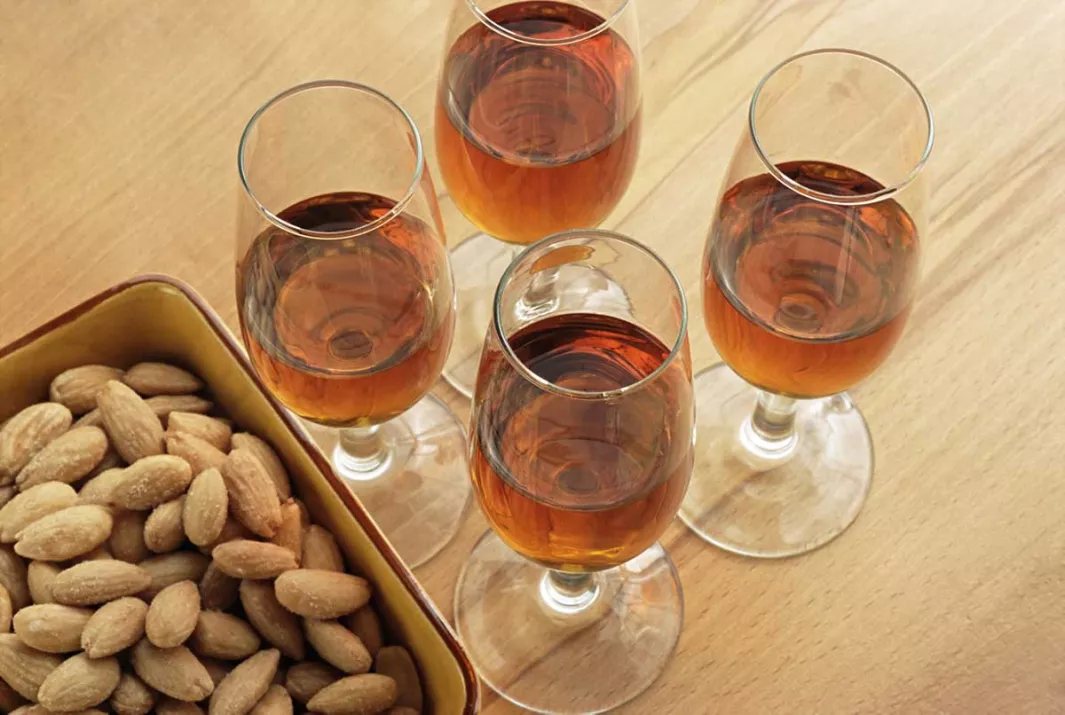
Though less common in the UK, the apéritif (or apéro, in France) is a cherished tradition across most of Europe. This pre-dinner ritual is not just about the drinks; it’s a chance to gather with friends, unwind, and prepare for the meal ahead.
But the French know that how you finish a meal is just as important as how you start it. That’s where the digestif comes in. These small yet serious after-dinner drinks help to settle the stomach and mark the perfect end to a great meal. Looking to learn more about these booze-soaked rituals? Let’s break down the five major differences between apéritifs and digestifs.
Difference #1: Definition of Apéritif vs. Digestif
An apéritif is a pre-dinner drink designed to stimulate your appetite and get you ready for the meal ahead. Apéritifs are usually salty, though sweet versions also exist. Apéritifs are often served with light snacks like nuts, cheese, olives or paté. In France, this tradition is known as apéro, and the word apéritif itself comes from the Latin aperire, meaning ‘to open.’
Digestifs on the other hand, are an after-dinner drink meant to help settle the stomach and aid the digestion process (hence the name). Typically stronger in alcohol than an apéritif, digestifs are usually enjoyed neat. When served after a coffee, a digestif can be referred to as a pousse-café. Bitter liqueurs like Italian amari and other French liqueurs like génépi or Chartreuse are popular choices, as their herbal properties are believed to help with the digestion process.
Difference #2: History
The practice of enjoying apéritifs and digestifs dates back over 1,500 years. However, the apéritif, or aperitivo as it’s known in Italy, only became popular in Europe in the 1800s, particularly thanks to Italy’s café culture in major Italian cities (Rome, Turin, and Genoa). In France, the apéritif took off in the mid-19th century, thanks to chemist Joseph Dubonnet, who created his eponymous quinine-based drink to fight malaria.
To hide the quinine-heavy flavours of the concoction, Dubonnet macerated a handful of herbs and spices into the blend. It’s said that Dubonnet’s wife enjoyed the potion so much that she began to share it with her friends before and after long meals.
Digestifs, on the other hand, started as medicinal remedies for various ailments. These strong beverages were generally prescribed for every sickness under the sun, from stomach pain and digestive illnesses to other ailments like malaria and seasickness. By the 1700s, they found their place at the dinner table, primarily to help to ease digestion after a long meal.
Difference #3: Timing
Timing is the main difference between apéritifs and digestifs, as well as their level of sweetness. Apéritifs are served before a meal and are generally dry, while digestifs are served after a meal and tend to be sweet, stronger in alcohol, and/or more bitter.
Difference #4: Beverage Specifics
Popular apéritifs include vermouth, pastis, dry sherry, and Champagne. Dry, acidy white wines are also frequently enjoyed. In France, apéritif choices vary by region — for example, pastis is a favourite in the south, while Calvados is popular in Normandy. Throughout the country the Kir or blanc-cassis, a mix of blackcurrant liqueur (crème de cassis) and white wine, usually Aligote, is a popular choice. You can switch out the Aligote for Champagne or other sparkling whites to make the Kir Royal, its bubbly cousin.
Common digestifs often include fortified wines like sherry, port or madeira, brandies like cognac, chacha or grappa, bitter liqueurs like Fernet or Chartreuse, and other strong liquors like mezcal or aquavit.
Difference #5: Preparation
Apéritifs are usually served with light savoury snacks, like chips, nuts, or olives. For a more substantial spread, a charcuterie board with artisanal cheese, some saucisson and a sliced baguette is a great and simple choice.
Digestifs are very simple affairs — just pop, pour, and let the digestion commence! Although they’re typically served without food, as they usually follow a long and robust meal, serving a small cookie or biscotti alongside a small glass of something strong always adds a nice touch.
From First Sip to Final Toast: The Role of Aperitifs and Digestifs
The Science of Stimulating the Appetite
Aperitifs are meant to stimulate the appetite, a concept rooted in their name. These drinks usually have dry, bitter or herbal flavours like pastis or Suze which are said to help prepare the stomach for food. Knowing that lunch or dinner in France can sometimes last for several hours, a warm-up session for your belly seems like a wise choice. Served chilled or on the rocks, these drinks are a refreshing way to start a meal and the whole dining experience.
The Refreshing Side of Light Aperitifs
Light aperitifs like Champagne (or any other bubbly wine) or a simple pastis are perfect for casual gatherings or warm evenings. These have lower alcohol content and a lighter flavour profile, ideal to start a supper or a party. Their effervescence and brightness whet the appetite and set the tone for the occasion.
Sweet and Bitter in Digestifs
Spirits like calvados or cognac and herbal liqueurs like Chartreuse or Bénédictine are strong and complex choices, a perfect recipe to calm the stomach after a big feast. Sweet fortified wines like Lillet, Muscat or Pineau des Charentes are also common, and make a nice contrasting finish to a meal that started with drier aperitifs. Served neat or over ice they conclude procedings with elegance and warmth.
Herbs and Spices: The Heart of Digestif Flavours
Herbal liqueurs have been associated with digestion for ages, a strong alcohol base mixed with a blend of herbs and spices. Chartreuse and Génépi are just a couple of French classics, These are typically served neat so their distinct and complex flavours can shine. Digestifs like these are a soothing end to a big gathering.
Regional Aperitif and Digestif Varieties: A Tour of French Specialties
France's regions each boast their own unique aperitifs and digestifs, reflecting local ingredients and traditions.
In Provence, Pastis is the star – a refreshing anise-flavoured spirit that is usually served over ice with water. Pastis was invented at the beginning of the 20th century, it’s an apéro classic in sunny Provence.
In Burgundy, Kir is the go-to apéritif – a simple yet elegant aperitif, made from black-currant liqueur Crème de Cassis and white wine (traditionally Aligoté). Kir appeared in the mid-20th century and was named after Mayor of Dijon Canon Félix Kir to advocate local products.
In Cognac, the preferred drink is Pineau des Charentes – a sweet fortified wine produced by blending Cognac and grape juice. This “vin de liqueur“ with its rich, fruity flavour, is also perfect as a digestif after a hearty meal.
All of these spirits and wines are a reflection of the living environment of their respective regions: herbs of Provence, fruits of Burgundy, vineyards of Cognac, and the rich soils of Armagnac all contribute to the distinct flavours of each drink. Whether you enjoy them before a meal or as a finishing touch, these beverages will offer you a true taste of French culture. Try pairing Pastis with olives; Kir with light appetizers or Pineau des Charentes with an aged Comté for a full experience.
Exploring Non-Alcoholic Aperitifs
Non-alcoholic aperitifs and mocktails are becoming more and more popular as people look for more sophisticated alcohol-free options. Made with the same care as the original beverages, these alcohol-free drinks use herbs, spices, and botanicals to create rich flavours, often mimicking the bitterness and aroma of traditional aperitifs.
Colaborador

Editor









